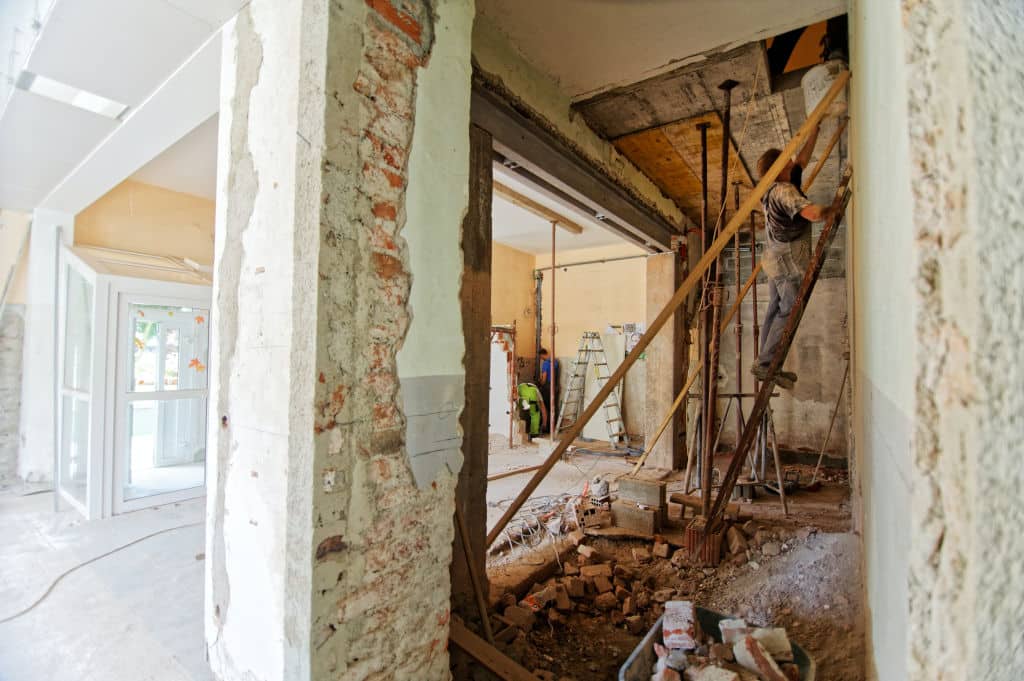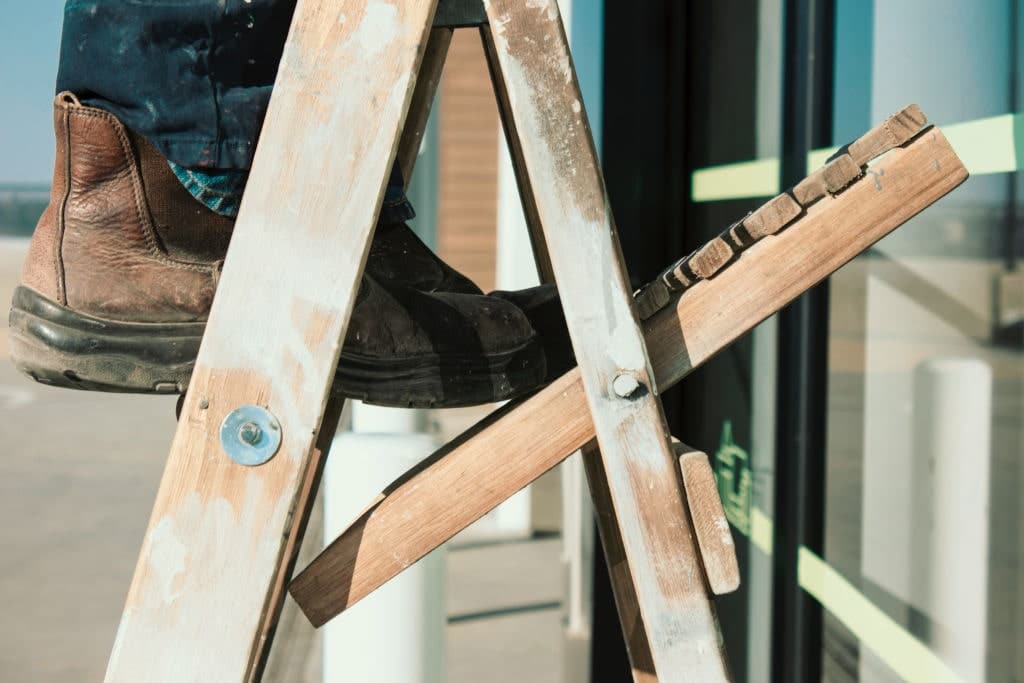Ladder accidents are a common source of injuries at home and in the workplace. However, it happens more in the latter, and the severity of a ladder accident is much more than in the former. This is solely because the height to which a ladder is extended at home is relatively shorter than its extension in the workplace. It’s a rare occurrence to see a ladder being overly stretched up to heights of as much as 12 to 13 feet from the floor, as in the case of Robinson v. East Med. Ctr while working at home.
A ladder accident can be caused by human error. Such errors can include improper placement of ladders, overreaching while on the ladder, selecting the wrong type of ladder for work, carelessly using worn-out or damaged ladders, etc. However, falls from a ladder accident can also result from defective designs in ladders caused by manufacturers.

Ladder Accidents In The United States
Ladder accidents are no joke in the United States as its stats are worrisome.
According to an article by The National Institute for Occupational Safety and Health (NIOSH), it was stated that more than 500,000 people are treated for ladder-related injuries each year in the United States, with more than 300 people dying. Also, the yearly cost of ladder injuries in the United States was estimated to be $24 billion, including lost wages, medical, legal, and liability fees, and agony and suffering.
With these bothersome stats, little wonder does The American Ladder Institute usually organize the National Ladder Safety Month yearly in March to promote the safe use of ladders at home and in the workplace. The NIOSH also created a Ladder Safety App to ensure the safe use of ladders and reduce accidents by incorporating tools such as an angle measuring tool, selection tool, proper use tool, accessories tool, etc.

Some Court Cases Involving A Ladder Accident
However, ladder accidents still occur despite these endeavors and safety measures, even though reduced. Some of these accidents often result in a party involved charging the other to the court on the grounds of negligence and defective product.
One of such cases is the case of Klingenberg V. Vulcan Ladder USA, Llc in 2019, where the plaintiff sued the defendant, a ladder manufacturer after he sustained an injury while using one of their products. The plaintiff maintained that the ladder design was defective, and the manufacturer breached an express warranty of a 300 lbs working load on its product.
Another case is the case of Hegel v. Brixmor Sunshine Square, LLC in 2020, where the plaintiff claims he was injured when the feet of a ladder he was working on slipped, causing him to fall.
Other recent ladder accident cases include but are not limited to Rom v. Eurostruct, Inc., Matter Of Piatti V. Dinapoli, Orellana v. 7 West 34th Street, LLC, Cabrera v. Arrow Steel Window Corp.
Courtroom Animation and Ladder Accident Illustration
Courtroom animation is an excellent way to illustrate the causation and the events surrounding a ladder accident at work and in the workplace.
Regardless of whether the accident was caused by human error or a defective product, courtroom animation is not one-sided and can depict either event.
Should a worker overreach will working on the ladder leading to an accident and personal injury, courtroom animation will be a perfect tool to illustrate the event and show that if the worker had taken the initiative to extend the length of the ladder and not try to overreach, the accident would have been avoided.
Suppose the accident was caused by a defective design by the manufacturer. In that case, courtroom animation can illustrate the design of the ladder and show its defect leading to the accident.
Hence, whichever way, courtroom animation can be a game-changer in helping you win your ladder accident case as a personal injury lawyer.





